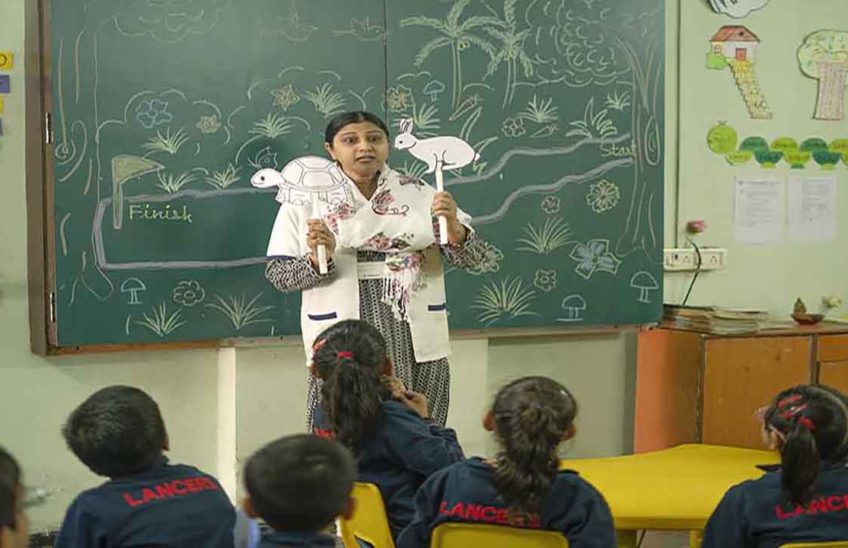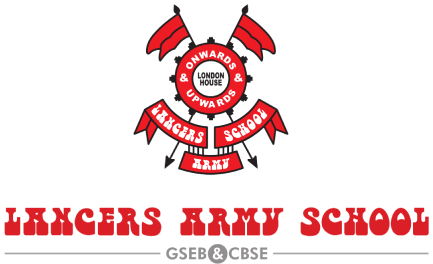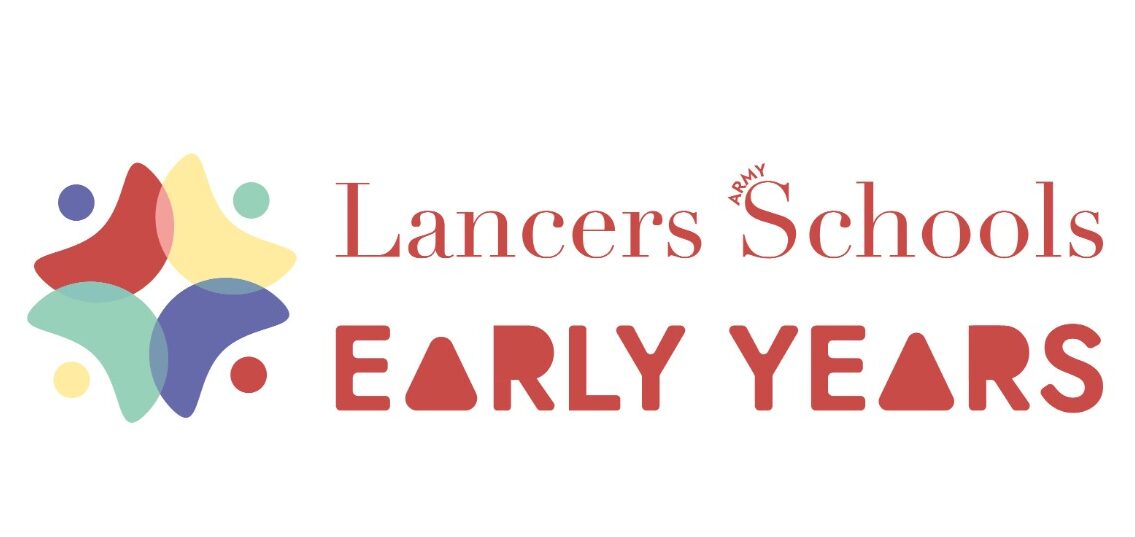
Implementing smart classrooms in pre-primary schools in Dumas Road, Surat, can revolutionize early childhood education. These classrooms contain education based LD systems and touch screen for educating the young learners in a fun way. Smart classrooms equipped with multimedia facilities, creation of digital stories, and playing learning games, follow the objectives of pre-primary curriculum can help in developing various approaches and modes of learning and also help in being creative and critical. Moreover, the smart classrooms contribute to enhancement in overall communication between the teacher and the students and the feedback received by the students is also immediate as well as, customized. The schools along Dumas Road need to harness technology in pre-structural globalization in pre-primary education for children in order to bring out learning environments that will allow them to excel well in the contemporary society and at the same time promote their executive function, social and emotional development.
What is a Smart Class
A smart class is an innovative educational setup that integrates technology into the learning process, enhancing teaching and learning experiences in the best pre-primary schools. These classrooms have incorporated the use of smart boards, projectors, tablets and educative softwares and all this in an effort to enhance the lessons to make them more interesting. Teachers need multimedia, animations, and simulations and through these tools, the teachers can be in a position to simplify the complex ideas or concepts to the young students. Teaching technologies for smart classes include Teaching Aids and related games with light touches them they become active during their learning process so that they are able to grasp and absorb what they are being taught.
Moreover, smart classes encourage team wise concept and actually work out strategies and ideas that can be produced while in a group. In the best pre-primary schools, smart classrooms are more than just the objects from which a lesson is demonstrated but also the environment from which a lesson is deployed. By this way also these schools create technological learning environments that is the relevant and interesting to children, that encourages them to think, be creative and start learning.”
Objectives of Smart Classroom
This means that smart classrooms have the following primary goals: For the enhancement of learning-teaching process, for the increasing of the amount of output that can be produced in the course of transforming knowledge and preparing students for further studying in the conditions of popularizing Internet. First of all, smart classrooms have been established to help support and facilitate such learning teaching methodologies as Visualization, Individualization, Competition and Simulated Real life environment using multimedia facilities, pedagogical programs and interactive boards. They enable the teachers to have more compactive and engaging sessions which involves the use of graphics and animations and other styles, of presenting information thus enhancing the learning process and, its understanding and reception by the learners. Another advantage of smart classrooms is that they compel the target population to also function more actively and collaboratively with the idea that the learning process can indeed be made more dynamic.
Secondly the smart classrooms aim at ensuring to the students gain basic competencies that are hard in this new world economy of knowledge. Teacher practices real integration purposes where students acquire operational technology practicality in a classroom setting as well as computational thinking to assess information from a digital platform and collaboration skill in digitally-connected tasks. Besides, in a smart classroom environment students are prepared to face and use new technological things, so while studying as well as doing a job they must manage smart things.
Are Smart Classes Beneficial for Pre Primary Students
Smart classes offer significant benefits for pre-primary students, including those attending pre-primary schools near me. These WFBs include multimedia resources, internet games, and education software that is reasonably match with the level of learning of the young children. Smart classes are also associated with the use of technology in early childhood education and training which develops early learning activities in order to capture the young learners as well as excite them through teaching techniques that is in conformities with the abilities and inclinations of the young learners. With regards with reinforced lessons through picture and graphic diagrams including cartoons; and with regards to curiosity inducers where interest is being sparked and participation significantly boosted throughout childhood. Besides, smart classes provide several touch and feel possibilities and other learning approaches within a pre-primary setting that might contribute to the learning initiation facets in enhancing the first and second aspects of learning among the pre-primary students and sharpen their logical, interpersonal, and motor skills.
On the other hand, through smart classes there is the prospect for incorporating new methods of learning that are equally effective for every learner but adapted to the needs of every child. This way the instructions using the touch screen writing board and educational software for instance the instructors are able to develop lessons for the students based on the learning attainment levels of the students; hence every pre-primary learner is catered for. Besides, smart classes promote class related interaction among students whereby various groups can be formed to share knowledge or ideas in order to tackle problems with a given class assignment. This shows that since there is efficient use of technology by pre-primary schools near me, the institutions are capable of developing facilities that increase learning performance, student accommodation, and child growth to support their education in the future.
How Can We Improve Pre Primary Education
Improving pre-primary education, especially in top pre-primary schools, involves several key strategies. First of all, it is necessary to develop a proposal of the training of teachers and the ongoing practice as essential factors. For the best pre-primary schools to impart quality education to young children, they have to ensure that the recruiters of the teachers understand early childhood education and development and methods in teaching. In addition, the emphasis on ‘caring’ for, and the patterning of, relationships between teachers and learners, also carves out a caring and enabling milieu in which children are guarded, valued and promoted into studying.
Secondly, for improving pre- primary education, play based learning that is adopted in the target curricula must be a consideration. This is because playing helps children in learning some fundamental social skills and at the same time they gain knowledge as they engage their bodies in playing with objects in their vicinity. Play and developmental concepts should be made part of the pre-school education system along with some key ones like creativity, problem solving and critical thinking. A child’s daily lesson can become more developmentally appropriate and effective in their pre-primary education when the following are implemented: The concept of hands-on and use of improvised items to create, Pretend play and other explorations.
Frequently Asked Questions
Q1.How can parents ensure their children receive quality early education?
A. As a parent, it is possible to ensure that your child receives quality early education through: Selecting pre-primary schools that have passed an accreditation, being an active participant of the learning process of your child, setting and maintaining home environment conducive to learning, following up with the educators regarding your child and lastly ensuring that your child’s right is being protected.
Q2.What role do play and hands-on activities play in early childhood learning?
A. Play and hands-on activities are essential in early childhood learning as they stimulate creativity, problem-solving, and social skills. Through play, children explore, experiment, and make sense of the world around them, laying the foundation for future academic and social success.
Q3.How do different teaching approaches impact a child’s learning abilities?
A. Different pedagogical approaches can really help enhance or hamper the learning abilities of a child. Strategies like leaner activities, which include speeches given in the classroom, practical activities which involves demonstration by the tutor and exercises such as the use of examples and questions helps to keep the students interested, understanding and enable them master what is taught.

